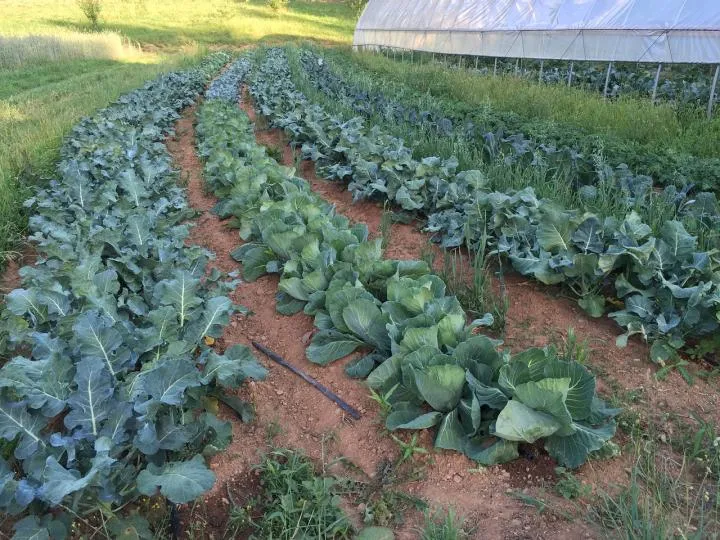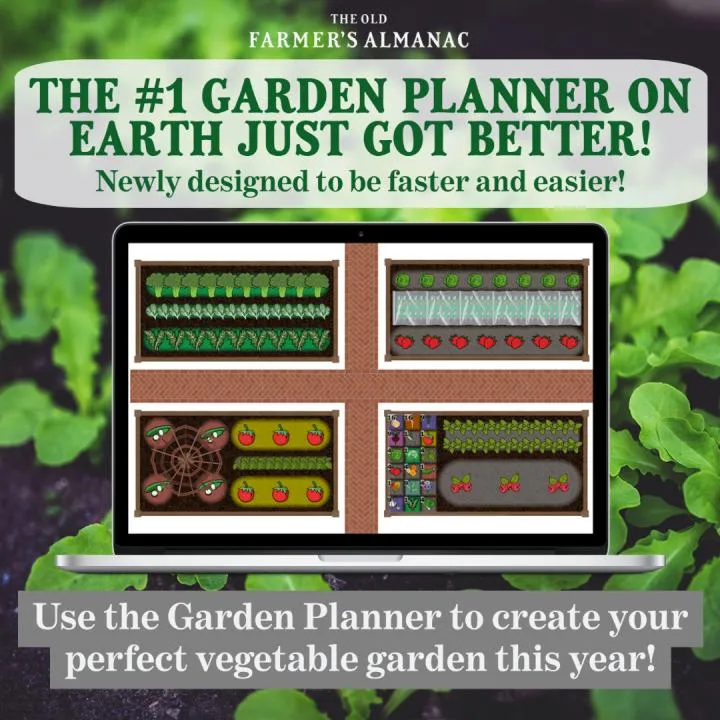Tips for gardening?

Do you want to plant your first vegetable garden? How difficult can it be? Just stick a few seeds in the ground and stand back, right? If only it were that simple! These are some garden design guidelines to think about before you start digging.
Contents
10 Tips For Starting a Garden
1. Pick the right location —ideally, a sunny location! Most veggies need at least 6 hours of sunlight every day. Some crops such as lettuce and spinach, and other greens will grow well in your partially sunny spots, but sun-loving plants like tomatoes and peppers need as much light as possible.
2. Keep it close to home. A site close to your home will make it simpler to manage your plot on a regular basis, as well as making it handy to go out and choose what you need for a dinner.
3. Only grow things your family likes to eat. There’s no sense in spending all your time and energy (and money) growing things you won’t enjoy or that will go to waste! Explore our Gardening Guides to locate vegetables that catch your interest.
4. Water needs to be readily available. Nothing tires out a new gardener quicker than lugging water to parched plants during a heat wave. Consider investing in a quality hose with a sprayer attachment or, even better, a drip irrigation system.

5. Good soil is the key to a successful garden. The soil provides nutrition, stability, and drainage to plants. To grow your best garden, start with well-drained, sandy loam and add as much organic matter as possible.
6. Amend your soil. Compost, leaf mold, or well-aged manure will increase the ability of your soil to both drain well and hold moisture—the sponge factor. Never, however, use fresh manure! It can harbor dangerous pathogens and will burn tender plant roots. It should be composted for at least 6 to 12 months.

7. Seeds or plants? Most garden vegetables can be directly seeded where they are to grow—lettuce, beans, carrots, beets, chard, spinach, peas, cucumbers, and squash. Things that take longer to develop edible fruit benefit from an early start. Purchase transplants for tomatoes, peppers, eggplant, and melons or start your own indoors 6 to 8 weeks before planting them outside. Dates for seedlings may be found here.

8. Choose cultivars that will develop throughout the growing season. For planting dates based on the first and latest frost dates, as well as the duration of the growing season in your location, see the Almanac Planting Calendar.
9. Plantings should be spaced apart to keep your garden fruitful. of fast-maturing veggies such as beans and lettuce and replanting other areas as they are harvested. Don’t plant everything at once!
10. If you don’t have much area to work with, use raised garden beds or containers. Consider creating some raised beds that you can fill with decent soil if you have extremely rocky soil or thick clay. Another approach is to grow veggies in containers. Use grow bags if you want an immediate garden.
Alternatively, lay down large bags of potting soil in your sunniest location, poke drainage holes in the bottom, make some slits in the top and pop in your transplants. Every spring, a friend lined her driveway with bags since that was the only sunny space she had. Her tomato plants were lovely, and she also cultivated delicious peppers!

Try the Almanac Garden Planner
To create your perfect vegetable garden this year, be sure to try out the online Garden Planner tool! It’s currently the world’s most popular garden planner, and with good reason:
- Find the finest plants to grow as soon as possible! You can even select “easy” veggies if you’re a beginner.
- Draw beds and move plants around to get the perfect layout on your computer. Have fun with your creations!
- To prevent wasting seed, our garden planning tool determines how many plants will fit in your area.
- We’ll also calculate all of your planting and harvesting dates, as well as send you email reminders on when to do what!
Related Questions
-
What are the 10 steps to planting a garden?
The National Gardening Association recommends the following ten steps to get started.
- Choose the right location. …
- Select your veggies. …
- Prepare the soil. …
- Check planting dates. …
- Plant the seeds. …
- Add water. …
- Keep the weeds out. …
- Give your plants room to grow.
-
What should I garden for beginners?
Beets, lettuce, kale, cucumbers, peas, radishes, cherry tomatoes and green beans are some of the easiest vegetables for beginners to grow. Summer and winter squash are also excellent alternatives for beginning gardeners.
-
What month should you start a garden?
The best time of year to start a garden
Usually, the best time to start seeds outdoors is around late March to May, unless you live in a warmer area. In any event, temperatures should be higher than 60 degrees Fahrenheit for most seeds to germinate well. -
What is the secret to growing tomatoes?
Tomatoes are a summer crop. They don’t tolerate frosts, and they don’t like cold “feet”. Warming up the soil prior to planting improves early root growth and gets the plants off to a better start. It’s a tomato growth secret that many gardeners overlook.

![PDF] Alcohol-induced hypertension: Mechanism and prevention. | Semantic Scholar](https://rainbowrunfarm.com/wp-content/uploads/2023/11/alcohol-and-hypertension-25-11-2023-18-39-54-390x220.webp)



